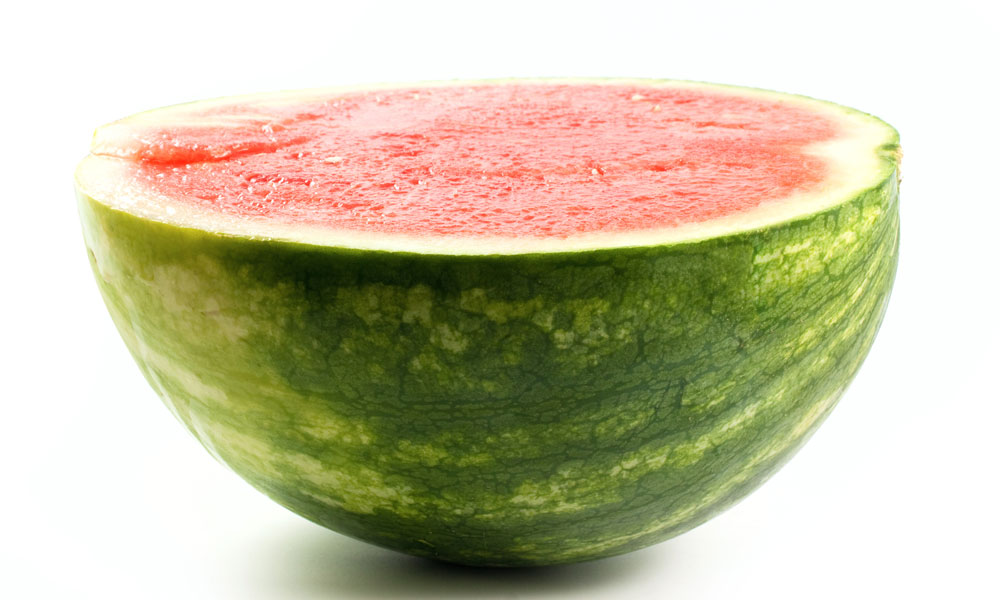
Social Video From Both Sides of the Watermelon
Last week, BuzzFeed won the internet by creating a live video that featured two employees putting rubber bands around a watermelon. The victory was impressive, but the circumstances that led to it highlight some troubling trends for online content creation.
It didn’t take an exploding watermelon to see the changing trend, but it certainly helped.
Last week, two BuzzFeed employees decided to take a watermelon, put a bunch of rubber bands around it, and see what happened. The trick isn’t new, but the decision to put it on Facebook Live? That was an instant draw. Everyone who was watching knew that the watermelon would explode in a dramatic display, but that didn’t stop more than 800,000 people from being drawn into the tension of a live event.
The experiment outdid every other Facebook Live video so far and even outpaced BuzzFeed’s own expectations.
It took mere minutes for media outlets to declare the video “the future of TV” and to point out that the watermelon had higher ratings than many shows on cable.
A year ago, the apps Meerkat and Periscope were supposed to drive this live video phenomenon, with Periscope coming out on top among the two. But Facebook has quickly proved that its algorithms offer a major advantage compared to other live video offerings: It can point out when people go live and give them the attention they’re craving.
“When you interact live, you feel connected in a more personal way,” Facebook CEO Mark Zuckerberg wrote in a post this week. “This is a big shift in how we communicate, and it’s going to create new opportunities for people to come together.”
Facebook really wants Live to succeed—so much, in fact, that it’s paying BuzzFeed and other media companies to make content on the platform. But like a highly sharpened mezzaluna knife slicing into a giant gourd, those algorithms cut both ways.

What Drove the Watermelon Explosion
While the buzz around the watermelon was still fresh, I was thinking about a bigger question—the trend that some online media outlets are taking toward video and away from written content, and whether that’s a good thing.
The thing that got me thinking about this was the big story in the media sphere on Thursday, a day before BuzzFeed blew up a watermelon and the internet in one fell swoop. The popular tech culture blog Mashable announced that it would lay off a number of employees who produced certain types of written content, particularly hard news stories. At the same time, the company announced it would expand its online video offerings, in part due to interest from advertisers.
“We are now equally adept at telling stories in text and video, and those stories now live on social networks, over-the-top services, and TV,” Mashable founder Pete Cashmore wrote. “Our ads live there too, with branded content now at the center of our ad offering.”
A Digiday story published soon after the layoffs were announced showed how outlets that rely on social media traffic from Facebook are changing their business models to focus more aggressively on video to match Facebook’s algorithms, which have deemphasized articles in recent months. And this, at Mashable and other media companies, has meant layoffs. (BuzzFeed is also mentioned among the sites reshuffling chairs, which means there’s a dark side to the melon.)
“The shift to video is more evidence that publishers dependent on Facebook have little choice but to follow the algorithm,” Digiday‘s Ricardo Bilton wrote. “Right now, Facebook’s algorithm wants video, so these sites provide video.”
In other words, these companies aren’t driving the editorial shift to video, live or otherwise. Facebook is.

So … Should We All Start Producing Live Video?
What’s an association supposed to take from this news? Should the National Restaurant Association publish its own live variation of Top Chef on Facebook? Could the National Watermelon Association soon see an explosion in its social media presence? Since I write content on the internet rather than shoot videos, is my future as a snarker on the internet in trouble?
As always, the challenge comes down to knowing your audience. Many of these sites have broad audiences with general interests, and so the sites take a generalist approach to content. This is less of an issue for association websites that are largely focused on communicating with members. (But for public-facing advocacy communications, well, you may want to invest in some melons.)
But the fact that household media names like Mashable are changing their direction over an algorithm shift at Facebook highlights a more serious problem: Putting all your messaging eggs in one basket, no matter how big that basket is, is really, really dangerous.
We don’t own Facebook. We don’t decide what the company does, how it defines reach, and whether it favors one organization or type of content over another. Tomorrow, Facebook could decide that video doesn’t meet its needs anymore, as it did with games like FarmVille back in the day.
And it’s the same state of affairs with Twitter, Snapchat, Instagram, and every other network that clever people land on. These platforms have business needs that don’t match your own.
Does that mean you should focus squarely on the marketing platforms you do own, like your email lists and your private social network? I’m not sure that’s the answer, either. I think it comes down to a willingness to experiment and embrace flexibility.
What if you devoted 20 percent of your online marketing budget to experimental platforms? You could use that budget to hit people on new networks or in new ways, so that you’re always on pace with the trends. And if you wanted to blow up a couple of watermelons with that budget, you totally could.
Ultimately, we see trends like this and wonder if we should change our approach to ensure we’re not missing out. And I definitely recommend you don’t miss out. But you probably shouldn’t latch your cart to one or two platforms.
Diversify. Don’t let the platform define you.
(iStock/Thinkstock)






Comments